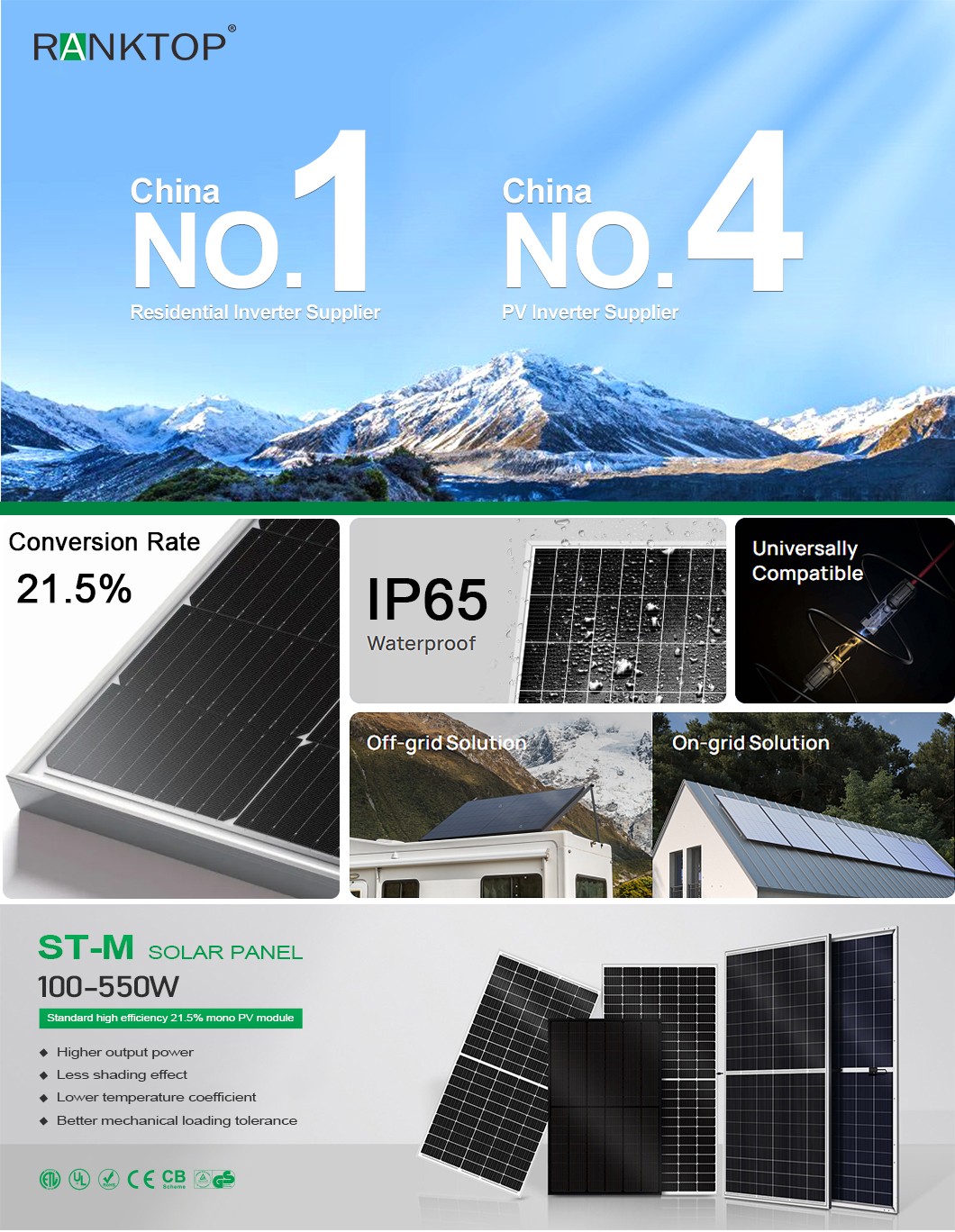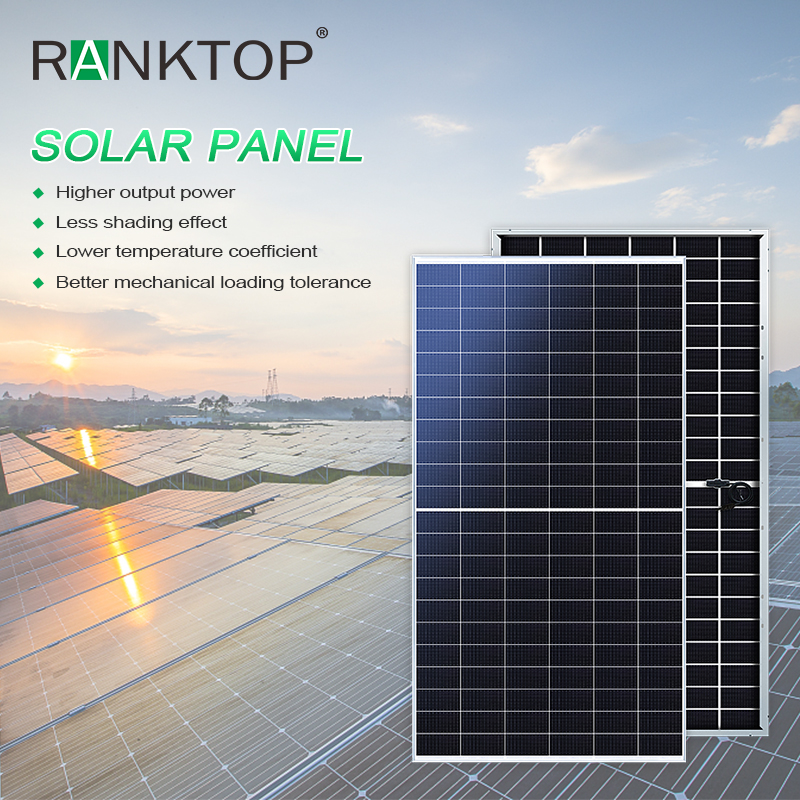In this article, we’ll show you how to manually calculate how many panels you’ll need to power your home. Once you have an estimate for the number of panels, you’re one step close to figuring out how much solar costs for your home, and how much you can save on electricity bills.
If you’d rather skip the math, connect with an Energy Advisor to design a custom solar system.
How many solar panels do you need to power a house?
While it varies from home to home, the US households typically need between 10 and 20 solar panels to entirely offset their average annual electricity consumption.
The goal of most solar projects is to offset your electric bill 100%, so your solar system is sized to fit your average electricity use. Here’s a basic equation you can use to get an estimate of how many solar panels you need to power your home:
Solar panel wattage x peak sun hours x number of panels = daily electricity use
Obviously, electricity use, peak sun hours, and panel wattage will be different for everyone. And since you didn’t come here to do algebra, we’ll go through how to figure out each variable and run through an example scenario based on national averages.
Related reading: How Do You Calculate The Number of Panels on a 16 kW Solar System?
First, find how many kilowatt-hours you use to run your house

According to the US Energy Information Administration (EIA), the average US household in 2021 used 10,632 kilowatt-hours (kWh) of electricity per year. That’s equal to:
886 kWh per month
~30 kWh per day
It’s important to note that this usage varies quite a bit from state to state. For example, the average daily usage was ~18 kWh in Hawaii and 40 kWh in Louisiana, which is quite a spread. But we’ll use the national average 30 kWh per day as the figure for our example.
The easiest way to find your daily electricity usage is to dig up some recent utility bills. Your bill should show your usage for 30 days (or whatever your payment period is) and you can use this to get a sense of your daily electricity consumption. Just take the total usage during the period, and divide it by the number of days.
Electricity usage varies from month to month, so the more bills you can average together, the more accurate your calculation will be.
Once you have your daily electricity usage, the next step is to figure out how many peak sun hours your system will get per day!
Next, determine how many peak sun hours your location gets

A big factor in determining how many solar panels you need to power your home is the amount of sunlight you get, known as peak sun hours.
A peak sun hour is when the intensity of sunlight (known as solar irradiance) averages 1,000 watts per square meter or 1 kW/m2.
In the US, the average peak sun hours range from over 5.75 hours per day in the Southwest to less than 4 hours per day in the northernmost parts of the country.
Use the map above to estimate the average peak sun hours for your area, or use this peak sun hours calculator to get a precise figure for your location.
Here are some tips for using the peak sun hours calculator:
The average roof pitch is between 14 and 27 degrees
Use the compass on your phone to determine the Azimuth Angle of the roof face you’d put solar panels on (closest to 180 degrees is best)
Based on the map, about half the US gets less than 4.5 peak sun hours and half gets more, so we’ll use 4.5 peak sun hours as the figure for our example.
Related reading: How Much Is a Solar System for a 2,500 Square Foot House?
Finally, pick a solar panel power rating
The final variable is how much electricity each solar panel can produce per peak sun hour. This is called power rating and it’s measured in Watts.
Solar panel power ratings range from 250W to 450W. Based on solar.com sales data, 400W is by far the most popular power rating and provides a great balance of output and Price Per Watt (PPW).
If you have limited roof space, you may consider a higher power rating to use less panels. If you want to spend less per panel, you may consider a lower wattage. Everybody has different goals, and you should feel free to choose the panels that best suit your needs.

